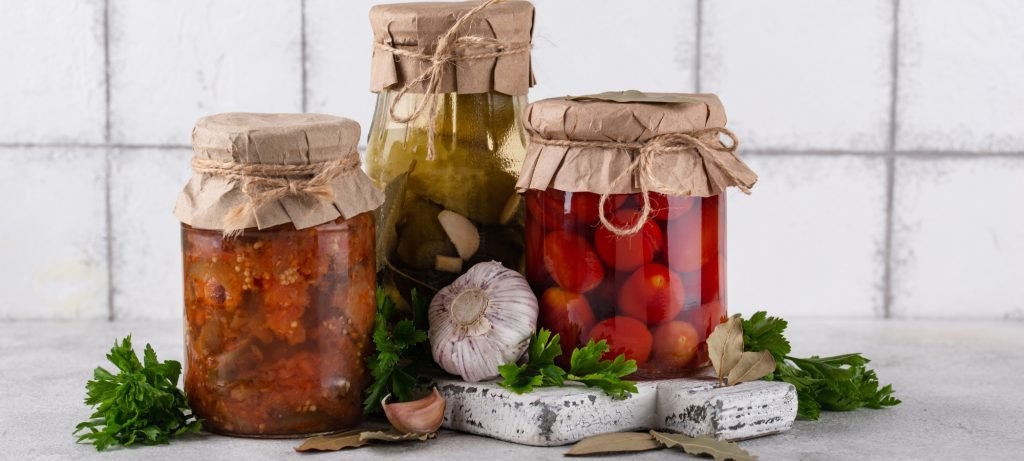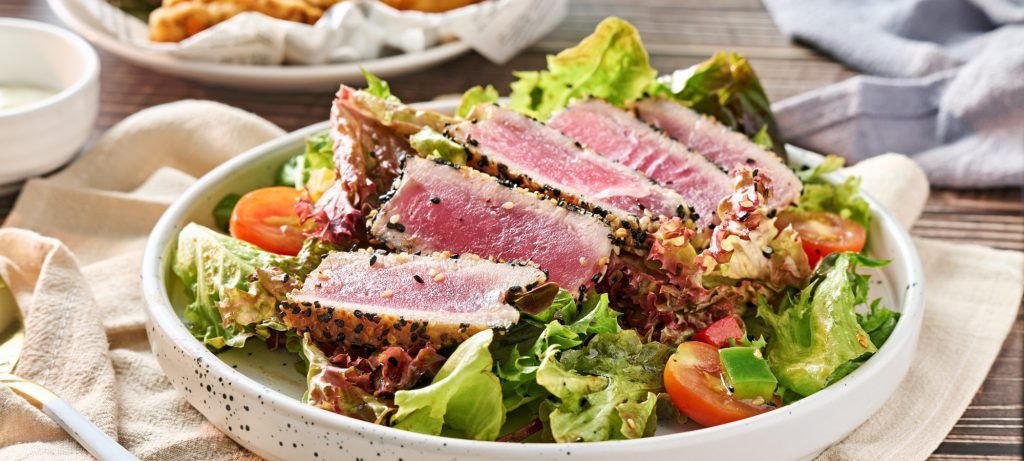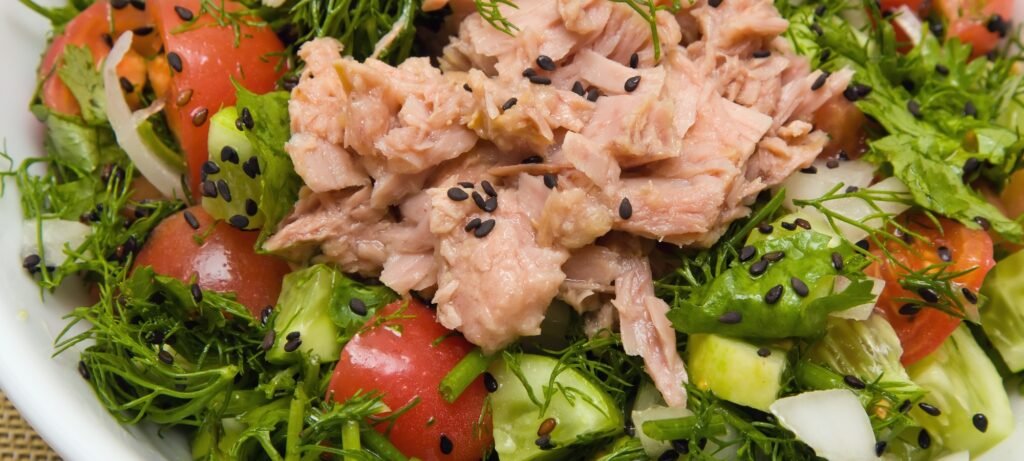Quick pickled vegetables are a simple way to preserve fresh produce while adding tangy, flavorful elements to your meals. This refrigerator pickling method requires no special equipment or canning knowledge, creating crisp, flavorful vegetables in just a few hours that can enhance everything from sandwiches to salads.
How to Make Quick Pickled Vegetables
Essential Ingredients
The foundation of great quick pickles starts with quality fresh vegetables that are firm and free from blemishes. Choose vegetables at their peak freshness for the best texture and flavor retention. Popular choices include cucumbers, carrots, radishes, red onions, cauliflower, and green beans, though nearly any firm vegetable works well.
For the pickling liquid, you’ll need equal parts water and white vinegar, which creates the perfect balance of acidity for safe preservation and pleasant flavor. Sugar helps balance the acidity while enhancing the vegetables’ natural flavors, while salt draws out moisture and helps maintain crisp textures.
Essential aromatics include garlic cloves, whole peppercorns, and bay leaves, which infuse the vegetables with complex flavors during the pickling process. Fresh or dried herbs like dill, thyme, or oregano add distinctive character to your pickles.
Basic Pickling Brine Recipe
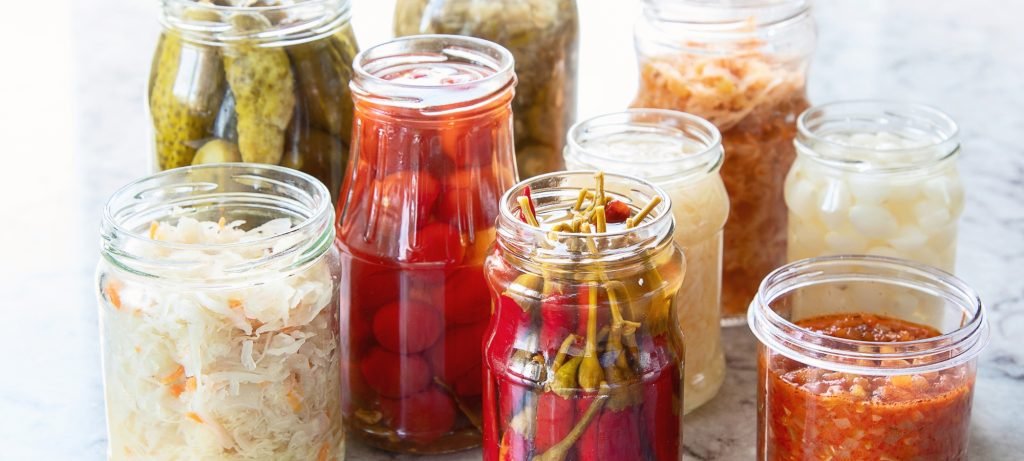
Creating the perfect pickling brine requires precise measurements to ensure both safety and flavor. Combine one cup of water with one cup of white vinegar in a saucepan, then add two tablespoons of sugar and one tablespoon of salt. This ratio creates the ideal environment for quick pickling while maintaining food safety standards.
Heat the mixture over medium heat, stirring occasionally until the sugar and salt completely dissolve. The brine doesn’t need to boil vigorously; gentle simmering is sufficient to create the solution. Once dissolved, remove from heat and allow to cool slightly before using.
The hot brine helps vegetables begin the pickling process immediately while also helping to sterilize the mixture. However, vegetables can also be pickled in room temperature brine if you prefer a slower, gentler process that maintains maximum crispness.
Step-by-Step Process
Begin by thoroughly washing and preparing your chosen vegetables. Cut them into uniform pieces that will fit comfortably in your chosen jars while leaving adequate headspace. Consistency in size ensures even pickling and professional appearance.
Pack the prepared vegetables into clean glass jars along with your chosen aromatics. Layer the ingredients thoughtfully, distributing herbs and spices evenly throughout rather than dumping everything in at once. This creates better flavor distribution and more attractive finished pickles.
Pour the warm pickling brine over the vegetables, ensuring they’re completely submerged. Leave about half an inch of headspace at the top of each jar to allow for expansion and easy handling. Tap the jars gently to release any trapped air bubbles.
Vegetable Selection and Preparation
Best Vegetables for Quick Pickling
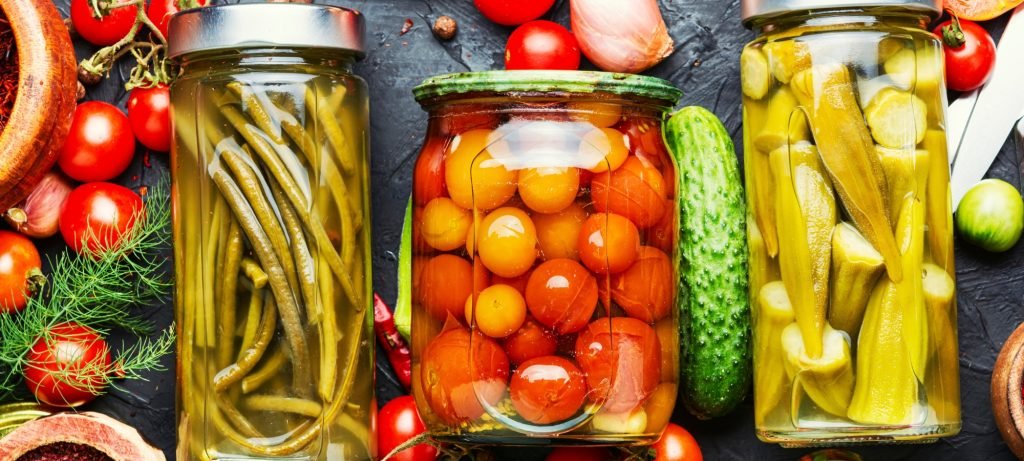
Cucumbers are the classic choice and pickle beautifully due to their high water content and mild flavor that readily absorbs the brine. Choose small, firm cucumbers or slice larger ones into spears or rounds. Kirby cucumbers work particularly well due to their compact size and crisp texture.
Root vegetables like carrots, radishes, and beets provide excellent texture and vibrant colors to pickle mixtures. These vegetables maintain their crunch well and develop complex flavors during the pickling process. Cut them into sticks, rounds, or julienne strips depending on your preference.
Onions, particularly red onions, pickle beautifully and add both flavor and visual appeal to any pickle mixture. Their natural sharpness mellows during pickling, creating a sweet-tangy flavor that complements many dishes.
Preparation Techniques
Proper knife work ensures even pickling and professional results. Cut vegetables into uniform pieces that are neither too thick nor too thin. Thick pieces may not pickle evenly, while very thin cuts can become mushy during the process.
Some vegetables benefit from brief blanching before pickling, particularly harder vegetables like cauliflower or green beans. A quick 30-second blanch in boiling water followed by an ice bath stops the cooking process while slightly softening the vegetables for better brine penetration.
Salt treatments can improve texture in some vegetables, particularly cucumbers. Lightly salt sliced cucumbers and let them sit for 30 minutes, then rinse and pat dry. This removes excess moisture that could dilute the brine and creates crispier final results.
Seasonal Considerations
Spring vegetables like asparagus, peas, and baby carrots pickle beautifully and capture the season’s fresh flavors. These delicate vegetables require shorter pickling times and gentler handling to maintain their character.
Summer abundance provides numerous pickling opportunities with cucumbers, zucchini, green beans, and fresh herbs at their peak. This is traditionally the prime pickling season when vegetables are most abundant and flavorful.
Fall and winter vegetables like turnips, Brussels sprouts, and winter radishes create heartier pickles with more robust flavors. These vegetables often benefit from longer pickling times to develop their full potential.
Flavor Variations and Spice Combinations
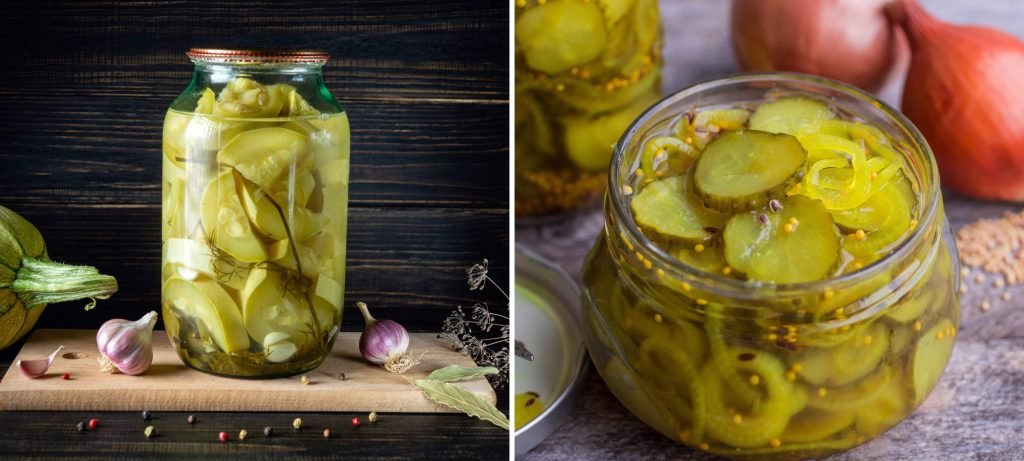
Classic Flavor Profiles
Traditional dill pickles combine fresh dill, garlic, and peppercorns for the familiar flavor most people associate with pickles. This combination works particularly well with cucumbers but enhances most vegetables beautifully.
Sweet and sour profiles balance additional sugar with the standard vinegar base, creating pickles that appeal to those who prefer less acidic flavors. Add extra sugar gradually, tasting as you go to achieve the perfect balance.
Spicy variations incorporate hot peppers, red pepper flakes, or hot sauce into the brine for those who enjoy heat with their tang. Start conservatively with spice additions, as the heat will intensify over time.
International Inspirations
Mexican-inspired pickles incorporate jalapeños, cilantro, and lime juice for bright, fresh flavors that complement tacos and other Latin dishes. These pickles work particularly well with radishes, carrots, and onions.
Asian-influenced pickles might include ginger, rice vinegar, and sesame oil for complex flavors that pair beautifully with stir-fries and grain bowls. These work especially well with cabbage, daikon radish, and carrots.
Mediterranean variations incorporate herbs like oregano, thyme, and rosemary along with olive oil for rich, aromatic pickles that enhance cheese plates and antipasto selections.
Custom Spice Blends
Creating your own spice combinations allows for personalized flavors that complement your cooking style. Start with a base of peppercorns and bay leaves, then add complementary spices like coriander, mustard seeds, or fennel seeds.
Whole spices work better than ground versions, as they provide flavor without clouding the brine. Toast whole spices lightly in a dry pan before adding to intensify their flavors and create more complex finished pickles.
Fresh herbs should be added sparingly, as their flavors concentrate significantly during pickling. Dried herbs work well and provide consistent results without overpowering the vegetables’ natural flavors.
Storage and Safety Guidelines
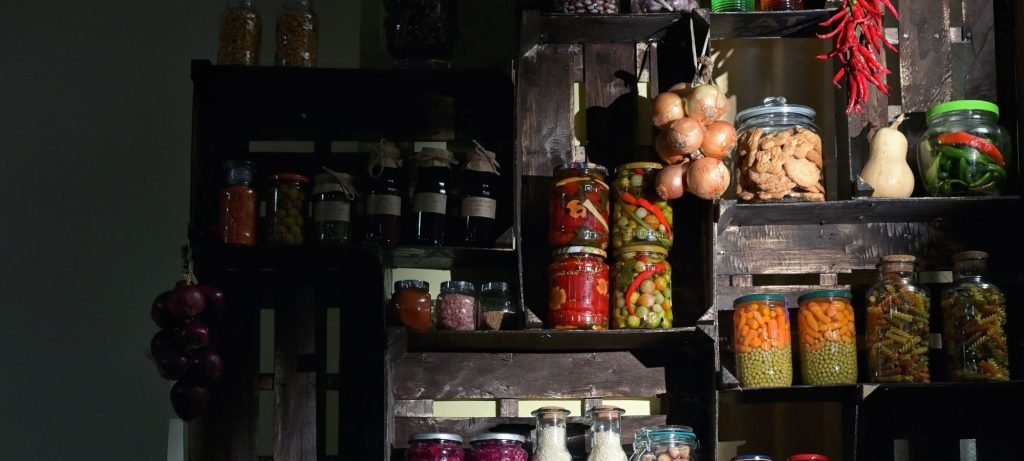
Proper Storage Methods
Quick pickled vegetables must be stored in the refrigerator at all times, as this method doesn’t create shelf-stable products like traditional canning. The cold temperature slows bacterial growth while allowing the pickling process to continue slowly.
Use clean glass jars with tight-fitting lids to prevent contamination and maintain proper acidity levels. Mason jars work perfectly, but any glass container with a secure lid will suffice for refrigerator pickles.
Label your jars with contents and date to track freshness and ensure you use older pickles first. This organization system prevents waste and ensures you’re always enjoying pickles at their peak quality.
Food Safety Considerations
The acidity in properly made pickle brine creates an environment hostile to harmful bacteria, but refrigeration is still essential for safety. Never leave quick pickles at room temperature for extended periods, as this can lead to spoilage.
Always use clean utensils when removing pickles from jars to prevent introducing bacteria that could cause spoilage. Contaminated utensils can quickly ruin an entire batch of pickles.
Trust your senses when evaluating pickle safety. Properly made pickles should smell tangy and appetizing, never sour in an unpleasant way. Any off odors, unusual colors, or slimy textures indicate spoilage and the pickles should be discarded.
Shelf Life Guidelines
Most quick pickled vegetables maintain peak quality for 2-4 weeks when properly stored in the refrigerator. The exact timeframe depends on the vegetables used and storage conditions.
Harder vegetables like carrots and radishes typically last longer than softer ones like cucumbers or zucchini. Monitor texture changes, as vegetables will gradually soften over time even under proper storage conditions.
Some vegetables actually improve with age, developing more complex flavors as they spend more time in the brine. Experiment with timing to find your preferred balance of crispness and flavor development.
Creative Uses and Serving Suggestions
Culinary Applications
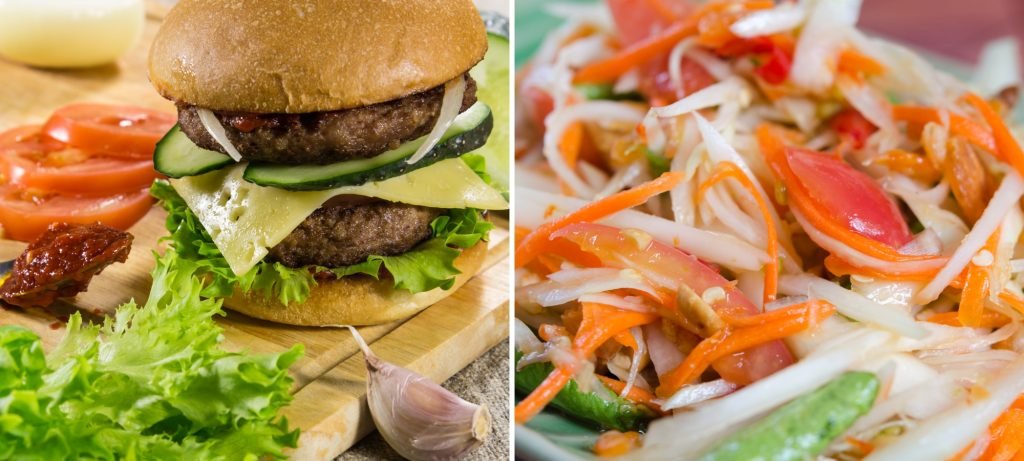
Quick pickled vegetables excel as sandwich and burger toppings, adding bright acidity that cuts through rich flavors and heavy textures. They provide both flavor contrast and textural interest that elevates simple sandwiches to gourmet status.
Salad applications range from simple additions to complex composed salads where pickled vegetables provide acidic elements that reduce the need for vinegar-based dressings. They work particularly well in grain salads and hearty winter salads.
Charcuterie and cheese boards benefit enormously from pickled vegetables, which provide palate-cleansing acidity between rich cheeses and cured meats. They also add visual interest and color contrast to these presentations.
Recipe Integration
Chopped pickled vegetables can be incorporated into potato salad, tuna salad, or chicken salad for added flavor complexity and textural interest. They provide brightness that balances mayonnaise-based dressings beautifully.
Pickle juice shouldn’t be wasted, as it makes an excellent addition to salad dressings, marinades, and even cocktails. The concentrated flavors add complexity to many preparations while providing the perfect acid balance.
Grain bowls and Buddha bowls benefit from pickled vegetables’ ability to tie together diverse ingredients while adding necessary acidity to balance rich elements like avocado or nuts.
Presentation Ideas
Arrange pickled vegetables in small bowls as part of mezze platters or appetizer spreads. Their bright colors and varied textures create visual interest while providing palate-cleansing elements between richer foods.
Individual serving jars make attractive presentations for dinner parties or potluck gatherings. Guests can easily see the contents and portion sizes, while the jars provide built-in serving vessels.
Garnish applications work well for both hot and cold dishes, where a small portion of pickled vegetables provides the perfect finishing touch that brightens the entire plate.
Troubleshooting Common Issues
Texture Problems
Mushy pickles usually result from over-ripe vegetables, excessive heat during preparation, or too much time in the brine. Choose firm, fresh vegetables and monitor texture development carefully to prevent this issue.
Overly soft pickles can sometimes be improved by draining the original brine and replacing it with fresh, cold brine. While this won’t restore original crispness, it can halt further deterioration.
Vegetables that remain too firm after several days may benefit from brief blanching before pickling or slightly warmer brine temperatures. Some vegetables naturally take longer to absorb flavors and soften appropriately.
Flavor Issues
Bland pickles often result from insufficient salt or too much dilution from vegetable moisture. Ensure proper salt ratios and consider pre-salting watery vegetables to remove excess moisture before pickling.
Overly sour results can be balanced by adding more sugar to the brine or incorporating sweet vegetables like bell peppers or sweet onions into the mixture. Taste and adjust gradually to achieve the desired balance.
Weak flavors may indicate insufficient aromatics or too short a pickling time. Be generous with herbs and spices, and allow adequate time for flavor development before serving.
Storage Complications
Cloudy brine can result from using table salt instead of pickling salt, or from vegetable breakdown during storage. While not harmful, it’s less visually appealing and may indicate quality issues.
Separation of ingredients often occurs naturally over time but can be minimized by packing vegetables tightly and ensuring adequate brine coverage. Gentle stirring before serving redistributes ingredients effectively.
Lid corrosion can occur with metal lids exposed to acidic brines over time. Use plastic lids when possible, or place a layer of plastic wrap between metal lids and jars to prevent contact.
Frequently Asked Questions
Can you eat quick pickled vegetables immediately?
Quick pickled vegetables can be eaten within hours of preparation, though they develop better flavor after 24-48 hours in the refrigerator. The longer they sit, the more pronounced the pickle flavor becomes.
How long do quick pickled vegetables last in the fridge?
Properly stored quick pickled vegetables last 2-4 weeks in the refrigerator. Harder vegetables like carrots last longer than softer ones like cucumbers. Always check for signs of spoilage before consuming.
Do you need to sterilize jars for quick pickles?
Sterilization isn’t necessary for refrigerator pickles since they’re not shelf-stable. However, clean jars are essential. Wash thoroughly with hot soapy water and rinse well before using.
Can you reuse pickle brine for new vegetables?
You can reuse pickle brine once, but it will be less acidic and flavorful. Add fresh vegetables to used brine within a few days, and don’t expect the same intensity of flavor as with fresh brine.
What’s the difference between quick pickles and regular pickles?
Quick pickles are refrigerated and not processed for shelf storage, while regular pickles undergo canning processes for shelf stability. Quick pickles have shorter preparation time but shorter storage life.
Can you quick pickle frozen vegetables?
Fresh vegetables work best for quick pickling as they maintain better texture. Frozen vegetables become mushy when pickled due to cell damage from freezing, though they can work in cooked applications.
Why are my quick pickles not crunchy?
Soft pickles result from over-ripe vegetables, too much heat, or excessive time in brine. Use firm, fresh vegetables, avoid boiling brine, and monitor texture development carefully.
Can you quick pickle without sugar?
Sugar can be omitted, but it balances acidity and enhances vegetable flavors. Without sugar, pickles will be more sour and may lack complexity. You can substitute with honey or other natural sweeteners.
What vegetables should not be quick pickled?
Very soft vegetables like tomatoes, leafy greens, and mushrooms don’t pickle well as they become mushy. Vegetables with high water content may dilute the brine unless pre-salted to remove excess moisture.
How do you make quick pickles less salty?
Reduce salt in the brine recipe, though don’t eliminate it entirely as it’s necessary for proper pickling. You can also rinse pickled vegetables briefly before serving if they taste too salty.
RELATED POSTS
Sesame Ginger Baby Bok Choy with Seared Tuna
Looking for a weeknight dinner that tastes like it came from a fancy restaurant—but takes…
Veggie Salad with Sesame Ginger Soy Dressing
Happy Monday, everyone! I hope you all had a fantastic weekend. Mine was busy, busy,…
Dill Tuna Salad
Most of you know that the majority of the recipes on this blog are inspired…
Roasted Tomato Dill Soup with Lump Crab: Seafood Lovers Delight
Roasted Tomato Dill Soup with Lump Crab is a seafood lovers delight! The soup…
- Grilled Beef Heart Recipe - November 1, 2025
- Clarified Butter - October 31, 2025
- Rotisserie Chicken Risotto Recipe - October 30, 2025

